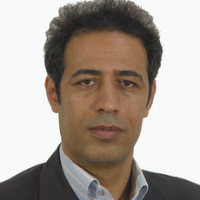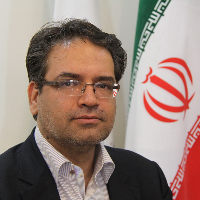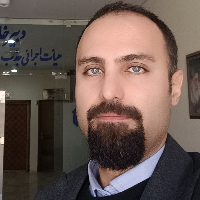Evaluating the representation of urban spaces in the selected works of Iranian cinema with a focus on public spaces in Tehran
The bond between the city and the movies is a two-way, strong one more than a century old. The movies has always been defined with respect to the city and urban spaces since the first days of its creation—late 19th century. If the audience perceives urban spaces as having various functions and appropriate spatial qualities in the movie, the perception is associated with the real space and causes different feedbacks than those spaces in the long term. Despite the increasing global desire to use the cinematic image of the city to achieve various layers of information, the Iranian movies still fails to present a correct image of the city. The beating heart of every city, urban spaces are still not used in the Iranian movies in the general sense. While large, important cities such as Paris, London, New York, and Berlin are always in a two-way relationship with the movies and urban spaces, where the city and the various relevant issues are always exposed to cinematic representations as everyday, critical, or praiseworthy matters, reflection on such issues is still heretical in Iran. Especially, critical reflection about Tehran, as the main location in the Iranian movies, has not received much attention. A way to understand the urban space is to represent the city, urban spaces, and the complex, contradictory whole using the movies. Therefore, the main purposes of this research are to 1- examine the characteristics of different periods of the Iranian movies from the beginning of its formation to 2019, 2- examine different dimensions of selected works of the Iranian fiction movies after the Islamic Revolution of 1978, 3- extract urban space creation criteria in the fiction movies works, and 4- represent the image of a more human-oriented urban space in the Iranian movies. The latter suggestion is made because it is assumed that the Iranian cinematographer can achieve a dialectic of indicating the positive and negative aspects of the existing spaces in the country’s cities by using the correct criteria for representation of urban spaces in the movies, thereby nurturing informed, insistent viewers and causing active measures on the part of environmental designers to create more humane spaces.
Theoretical Framework:
The final criteria were evaluated with the methods of analyzing the content, watching the movie, and surveying the city in the movie. Based on the conceptual model, the final criteria include the following in the order specified from the filmmaker’s point of view: the qualities of the urban space in the movie, diversity in the use of urban spaces, method of payment for the place, types of urban space, and types of character. The criterion of diversity in urban spaces, which concerns the use of these spaces in different parts of the city (not only in a specific region) with the urban surveying method in the movie, seeks the diversity of urban spaces presented in the city of Tehran in the fiction movies of choice produced after the revolution, and the final map is generated in the GIS software. 5 more criteria were examined first in the most important movies produced after the revolution with the method of content analysis and movie watching.
In a comparative study, what can help the researcher to achieve his goal is greater emphasis on simultaneous analysis and examination of contrasts, as practiced in this research.
All the above points indicate that the Iranian moviemaker still considers the city and its imposed modernity to be the source of many problems.Another issue emphasized by Iranian moviemakers is to demonstrate the constant development of the city and its spaces regardless of the events of the story and peoples’ wishes. In some movies, no emphasis is placed on the urban space if actually depicted, and it is regarded simply as a background for the events of the story. All locations are focused on certain areas in Tehran and the like.
The results of the research demonstrate that we have not been very successful in creation of urban spaces in the past decades, and the few spaces that have been created and recreated have not been welcomed by cinematographers for various reasons. Moreover, the represented urban areas have been restricted to certain areas in Tehran, which has been subject to the conditions mentioned in the section on findings.Furthermore, most of the selected movies in the fiction and urban fields were filmed in Tehran, and we are faced all around Iran with a pure centralism in terms of selection of the location of filming in urban spaces despite the availability of a variety thereof. This process should be corrected to address different aspects of various cities in Iran in fiction movies.
Movies , City , Urban design , Urban Space , Content Analysis , Tehran
- حق عضویت دریافتی صرف حمایت از نشریات عضو و نگهداری، تکمیل و توسعه مگیران میشود.
- پرداخت حق اشتراک و دانلود مقالات اجازه بازنشر آن در سایر رسانههای چاپی و دیجیتال را به کاربر نمیدهد.




